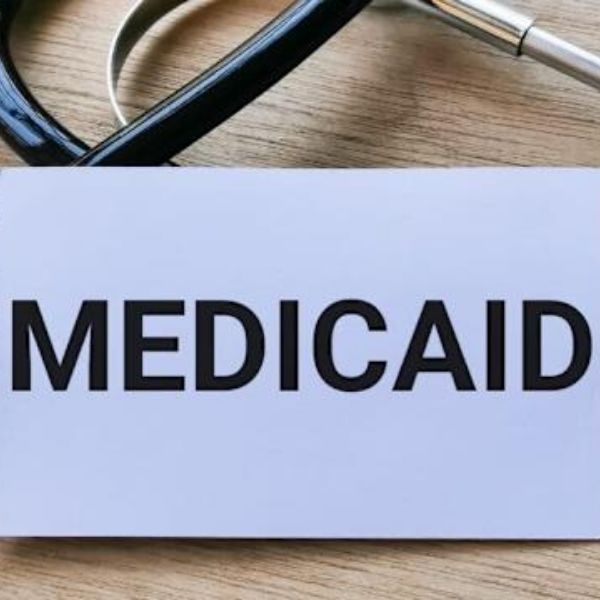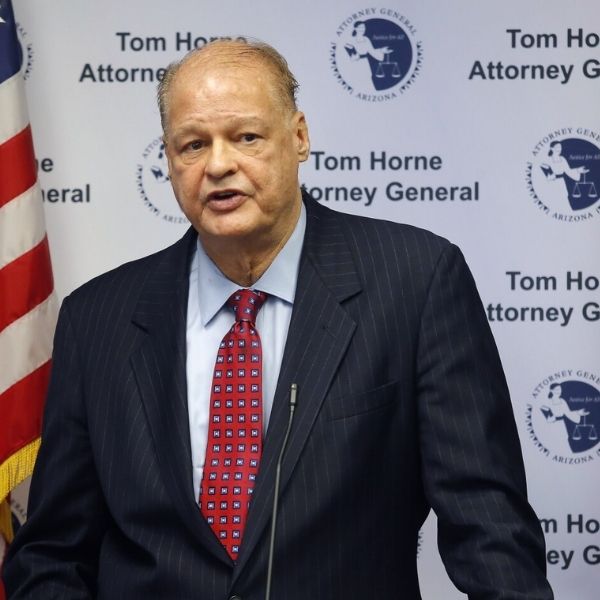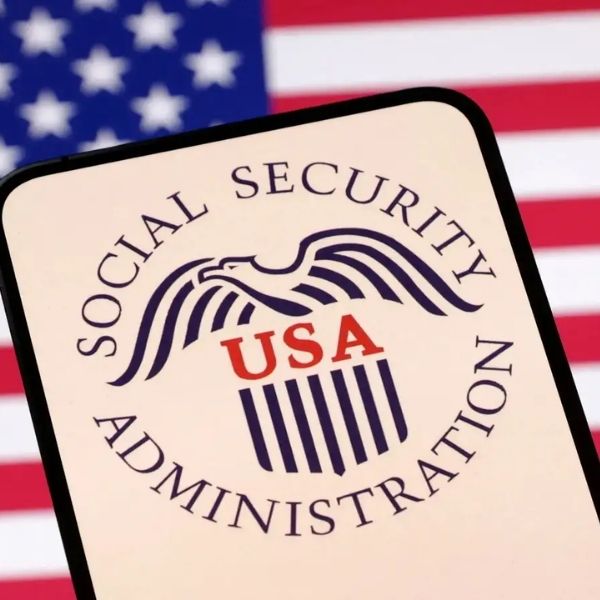Sweeping changes to Medicaid under the Trump administration’s new budget bill could have serious consequences for women’s health, particularly low-income women who make up the majority of Medicaid recipients.
Key Impacts on Women
One controversial provision in the bill bans Medicaid payments to major health care nonprofits that provide abortions, such as Planned Parenthood. Although the Hyde Amendment already prohibits federal funds from paying for abortions, this new measure goes further by targeting organizations that offer a range of reproductive health services—even when those services aren’t related to abortion.
Earlier this month, Planned Parenthood temporarily blocked the provision with a court injunction, but it’s set to expire on Monday, July 21. If the ban takes effect, experts warn the consequences could be far-reaching.
“We’re not just talking about abortion,” said Adrienne Mansanares, CEO of Planned Parenthood of the Rocky Mountains. “We’re talking about contraception, STI testing, pap smears, pelvic exams—the basics of reproductive care.”
At their Glenwood Springs health center, one-third of patients use Medicaid, Mansanares added.
New Work Requirements Add More Barriers
The bill also introduces stricter work requirements for adults without dependent children or whose children are over 14. These individuals must prove they are working, job-seeking, or exempt (e.g., caregivers, students, or people with disabilities) to qualify for Medicaid.
In Colorado, more than 90% of Medicaid beneficiaries already meet these criteria, says Dustin Moyer, CEO of Mountain Family Health Centers. Yet nearly half of his 20,000 patients are still uninsured.
“This is a solution in search of a problem,” Moyer said. “It’s going to push health coverage even further out of reach.”
Added Red Tape Could Cost Coverage
While some Republicans argue the new rules ensure only those in true need receive benefits, critics worry about the practical effects. Many women in low-wage jobs face inconsistent hours and unpredictable schedules, making it hard to comply with reporting requirements—even if they technically meet the criteria.
“Even women who are working might lose coverage just trying to navigate the red tape,” said Alina Salganicoff, senior vice president at KFF’s Women’s Health Policy Program.
Why This Matters
According to the Center on Budget and Policy Priorities:
-
Medicaid funded 41% of all U.S. births in 2023
-
It’s the largest public funder of family planning services
-
61% of long-term care funding (which women use more frequently) comes from Medicaid
Salganicoff warned the outcome of these changes will likely be fewer women with health insurance, less access to care, and worsening health outcomes for already vulnerable populations.
“We’re going to see the number of uninsured increase over time,” she said, “and these will disproportionately be low-income women.”
This article has been carefully fact-checked by our editorial team to ensure accuracy and eliminate any misleading information. We are committed to maintaining the highest standards of integrity in our content.
















Leave a Reply